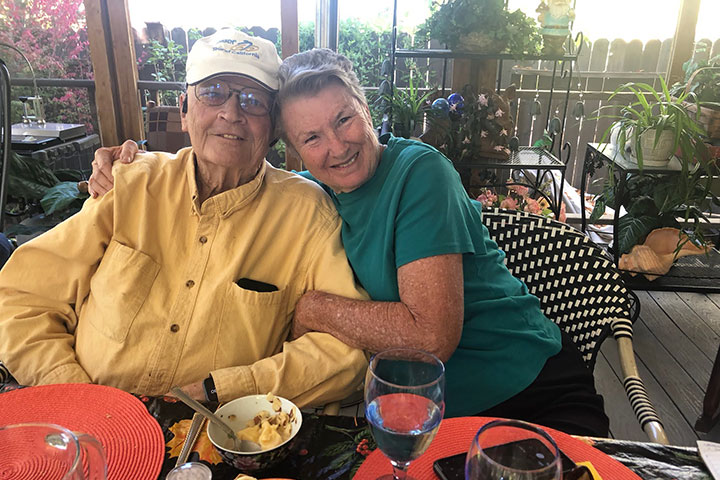Transforming Lives: Striving to Rise Above the Statistics

A Journey Through Pancreatic Cancer: One Surgeon’s Story
In a striking turn of fate, Dr. Paul Silverstein, a board-certified surgeon, discovered he had pancreatic cancer after noticing jaundice in his eyes. What began as a routine day in the operating room swiftly transformed into a life-altering journey. On July 31, 2014, the unexpected diagnosis prompted a series of challenging yet insightful experiences that reshaped his life and perspective on cancer treatment.
The Diagnosis: A Sudden Revelation
Dr. Silverstein felt perfectly healthy until his nurse pointed out the yellow hue of his eyes. Concerned, he conducted a comprehensive blood test, which confirmed elevated liver function levels—an ominous sign. A subsequent CT scan revealed a 2.5 cm mass at the head of his pancreas, likely an adenocarcinoma.
- Key points from the diagnosis:
- Jaundice led to further investigation.
- CT scan confirmed the presence of a tumor.
Surgical Intervention: The Whipple Procedure
After discussing his diagnosis with his wife, Dr. Silverstein opted for surgery at INTEGRIS Baptist Medical Center in Oklahoma City, under the care of Dr. John Duffy. On August 8, 2014, he underwent a complex Whipple procedure lasting over eight hours. This surgery involved the removal of multiple organs, including the gallbladder and parts of the pancreas and stomach.
- Surgery highlights:
- Eight-hour Whipple procedure.
- Successful removal of the tumor, but two affected lymph nodes were found.
Chemotherapy Protocol: A New Battle
Post-surgery, Dr. Silverstein embarked on a chemotherapy regimen guided by Dr. Brian Geister at the INTEGRIS Cancer Institute. Initially, he received gemcitabine and Abraxane every three weeks for six months. Remarkably, his tumor markers remained stable during this period. However, after taking a break from chemotherapy, the markers began to rise, signaling the need for further treatment.
- Treatment overview:
- Chemotherapy began one month after surgery.
- Minimal side effects were reported.
The Shift to Genomic Testing
With a deepened understanding of pancreatic cancer, Dr. Silverstein pursued genomic testing, uncovering four mutations, including ATM and KRAS mutations. In November 2017, troubling news arrived as his tumor markers rose sharply, indicating potential metastasis. A serum biopsy conducted in Greece revealed a concerning number of malignant cells, prompting a switch to FOLFOX chemotherapy.
- Important developments:
- Genomic testing revealed mutations.
- Shift to FOLFOX after initial treatment failed.
Exploring Clinical Trials: A New Hope
Through the Pancreatic Cancer Action Network (PanCAN), Dr. Silverstein discovered promising research at the Abramson Center at the University of Pennsylvania. With the support of his family connections, he enrolled in a clinical trial assessing a PARP inhibitor alongside checkpoint blockade therapy. Though the treatment required regular travel to Philadelphia, he experienced minimal side effects and felt a renewed sense of vitality.
- Clinical trial benefits:
- Access to innovative treatments.
- Supportive medical team.
Reflections on Life and Survival
As he approached his 80th birthday, Dr. Silverstein reflected on his journey through cancer. He remained committed to a healthy lifestyle, supported by his wife, and continued to consult on medical cases. His journey, marked by resilience and hope, was a testament to the strength of the human spirit in the face of adversity.
- Key takeaways:
- Importance of a healthy diet and exercise.
- Support from family and medical professionals.
Dr. Silverstein’s story serves as an inspiration to others facing pancreatic cancer. His proactive approach to treatment and unwavering positivity exemplify the potential for survival and thriving beyond a cancer diagnosis. While he ultimately passed away almost seven years post-diagnosis, his legacy continues to impact the lives of those who follow in his footsteps, seeking knowledge and hope in the realm of cancer treatment.






